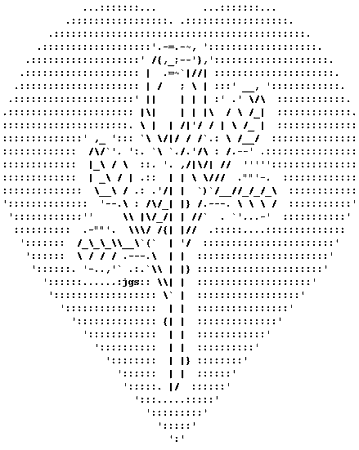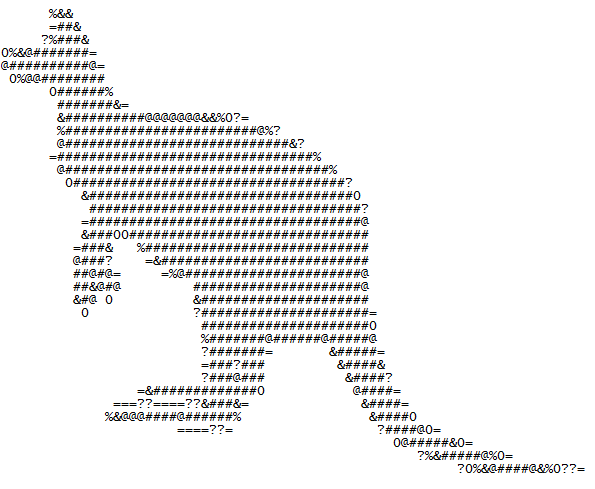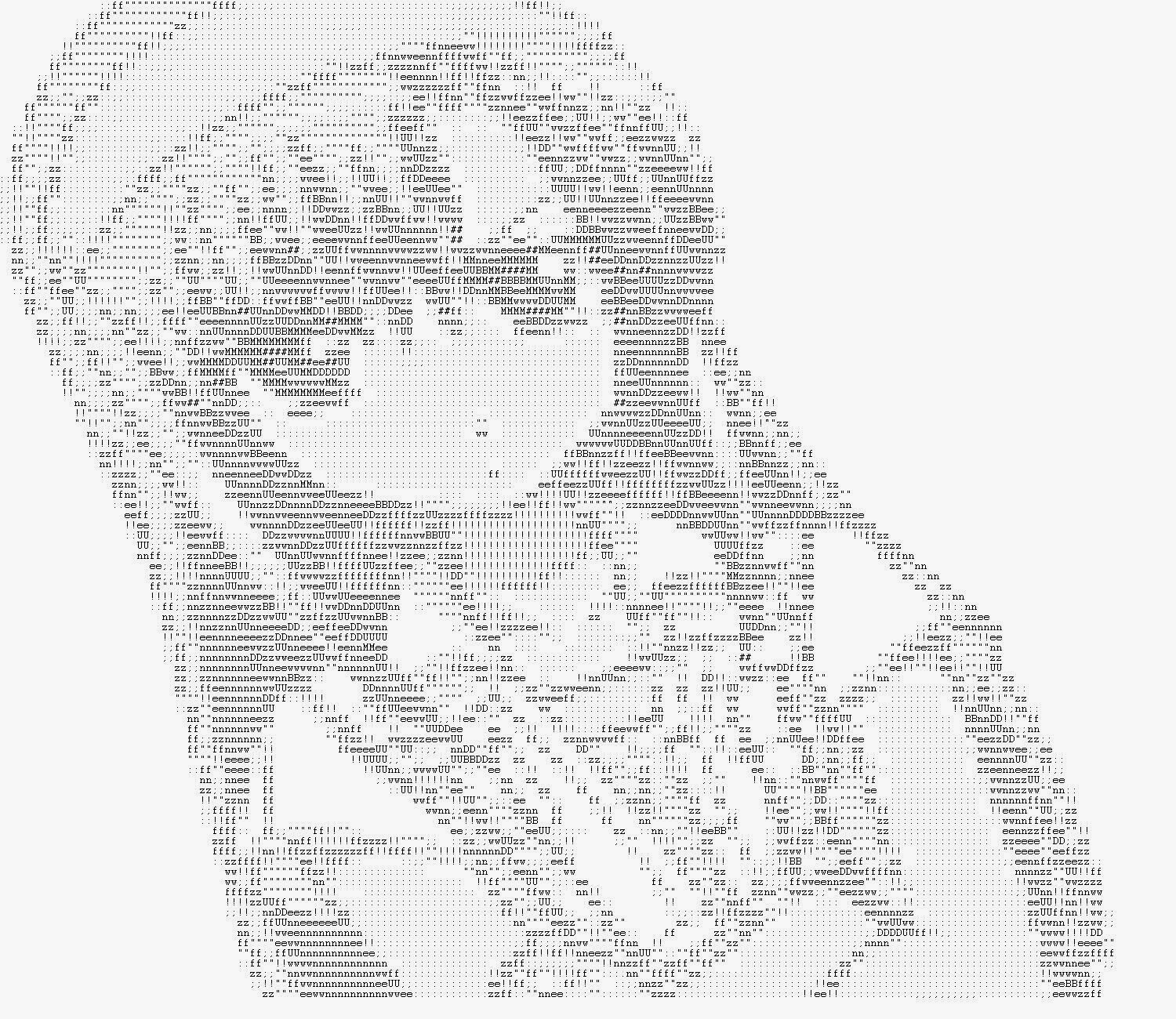

Uses of ASCII artĪs it has been described in the beginning of the page, ASCII art is the process of creating graphics or art using the ASCII text characters. Most DOS and similar console software, as well as the forerunner to AOL, were based upon ASCII and ANSI art. Typically, the ASCII graphics will include the name of the warez organization and may include some ASCII borders on the release notes’ outsides, etc.
Ascii art easy software#
nfo files are commonly distributed with warez software, cracks, and other software reverse-engineering releases. Warez organizations started to emerge in the ASCII art community with the time. The early technical age was defined by ASCII and, more crucially, ANSI terminal systems dependent upon a consistent presentation employing colour as well as control signals that were standard in terminal protocols. Despite this, ASCII art has survived Internet Relay Chat, Email, message boards, and other forms of online communication that employ the needed fixed-width characters, thanks to online MUDs (textual multiplayer role-playing video games). Variable-width typefaces and graphic browsing became increasingly popular in the 1990s, resulting in a fall in ASCII art. ASCII art is used in place of visuals in a traditional comic, with the text or dialogue that is generally placed underneath.

An ASCII comic uses ASCII text to create images as it is a type of webcomic. Along with its use in communication, ASCII started to show up in the underground online art communities of the time. At that time, text characters were used to represent images because of the limitations of computers. In the late 1970s and early 1980s, computer bulletin board systems and the widespread use of ASCII art may be traced. Despite certain glyph similarities, 1403 was not ASCII art in the sense that it was powered by an EBCDIC-coded platform, with EBCDIC-generated character sets and trains. Kenneth Knowlton, on the other hand, was employing line printers to produce realistic designs by overprinting multiple characters on top of one another. When photos couldn’t be incorporated in early e-mail, ASCII art was used instead.Ī drawing of an electronic circuit printed was presented by Andries van Dam using an IBM 1403-line printer in the 1960s. Bulk printers also used ASCII graphics to produce large banner pages to distinguish divisions between separate print jobs from different users, making the divisions simpler to see so that the output could be split by a computer operator or clerk. The applications of ASCII art are emails, online pages, and documents generally, pretty much anyplace ASCII characters can be entered.īecause early printers lacked visual capacity, characters were employed in place of graphic markers, which led to the invention of ASCII art in large part. The more detailed ASCII art accurately translates renowned individuals, landscapes, as well as other objects into ASCII.

As more characters are employed in order to produce the image, ASCII art progresses from simple to photo-realistic.ĪSCII art is very much close to emotions in that it can be used to add a touch of levity to a communication or document. In modern times, ASCII art may still be found on the Internet, and it is a popular way to make a unique image. Before the Internet and broadband, when users connected using a BBS, these images were popular. The graphics are made by beginning from scratch and using the characters to approximate anything or by manually converting an existing image to ASCII characters. ASCII art is the process of creating graphics or art with the help of using the ASCII text characters it is also known as ANSI art, text art, or word art.


 0 kommentar(er)
0 kommentar(er)
